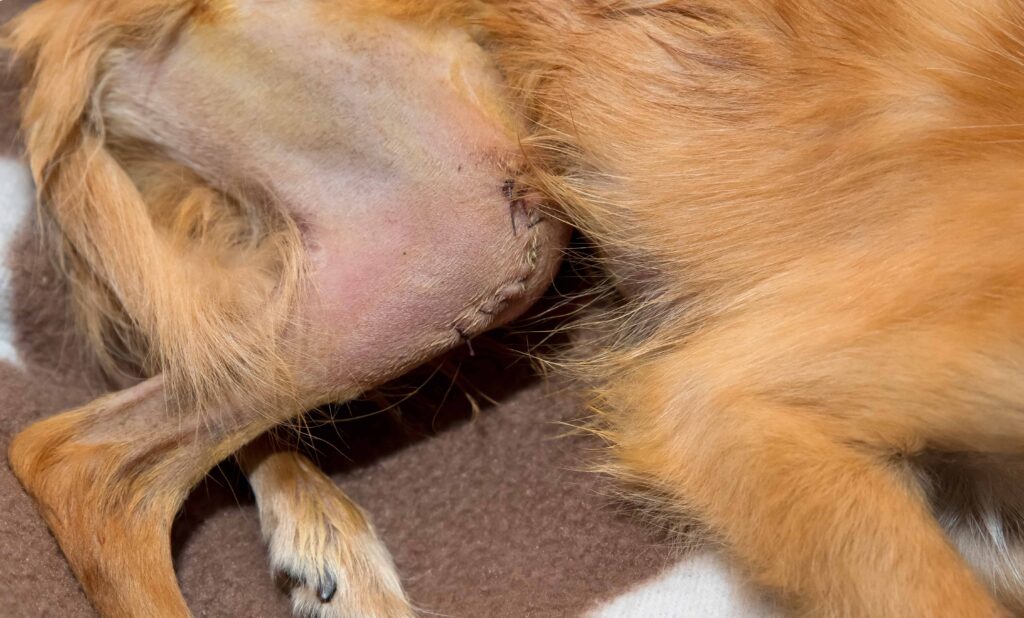Have you ever seen a speedy little Chihuahua suddenly stop running and “skip” on one of his rear legs? Chances are, that dog has kneecap dislocation or luxating patellas.
The condition is extremely common in miniature and toy breeds and can range from a minor nuisance all the way to a debilitating problem requiring surgical correction.
Chihuahuas, Pomeranians and Yorkshire Terriers are among the dog breeds predisposed to luxating patellas.
They are born with very shallow grooves in the area of the femur that cups the kneecap, allowing it to “drift.” Although most dogs will have the condition in both knees, it is common for one to be more severely affected.

The kneecap may become dislocated from the patellar groove several times a day, but is especially susceptible during exercise. The dog may be able to kick the leg back sharply to return the knee to its proper position or he may hold the leg up for several minutes until the quadricep muscles that support the patella relax enough to allow it to slide back into place.
Veterinarians diagnose luxating patellas through a combination of X-Rays and physical examination. X-Rays can show malformations of the femur or the groove in which the patella sits. Physical palpation and manipulation of the legs demonstrate how freely the kneecaps move.
More often than not, luxating patellas are a minor nuisance causing only slight discomfort. For dogs with more serious cases, the condition can lead to degenerative arthritis, mobility issues and extreme discomfort during episodes.
One of my dogs – rescued from a puppy mill – had severe luxating patellas when I first got him. His vet actually suspected a neurological condition based on the severity of his pain and episodes of screaming and hiding. A specialist found that he had one of the most extreme cases of patellar luxation he had ever seen.
The only real treatment for luxating patellas is surgical correction. The surgeon will usually start with the more seriously affected leg rather than repairing both at once to allow the dog to retain some mobility during recovery. Depending on the case, the groove may be deepened, and/or the kneecap may be fastened to the bone.
Surgery is successful in 90% of cases, including my dog who has never had another issue since his recovery.
If you suspect that your Chihuahua may have luxating patellas consult with your veterinarian to see if surgical correction is necessary.






